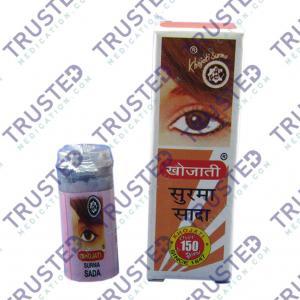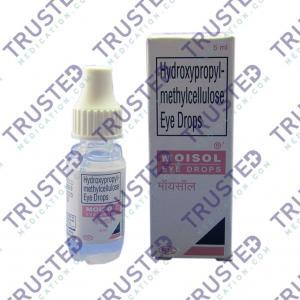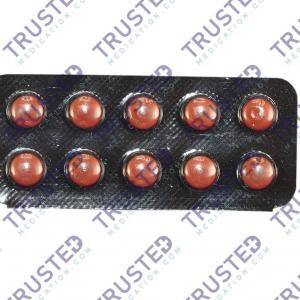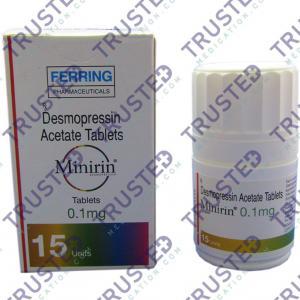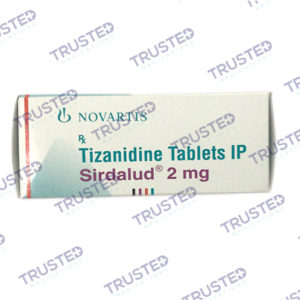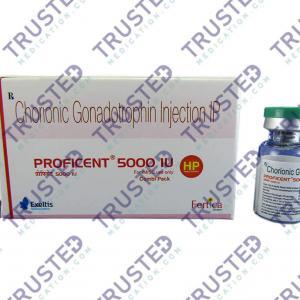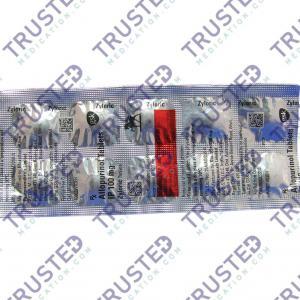
The seven types of eczema are:
Atopic Dermatitis
Atopic dermatitis is the most common type of eczema. It’s a chronic skin condition that causes dry, itchy, red scaly patches and inflamed skin. These patches can appear anywhere on the body. However, they are most commonly found on the face, hands, feet, and behind the knees.
Trigger: Triggers include stress, allergens, irritants, and temperature changes.
Symptoms: Itchy, dryness, redness, rash, and inflamed skin.
Duration: Atopic dermatitis can be chronic, with symptoms persisting for years. But flare-ups may come and go.
Treatment: Treatment may include:
- moisturizing the skin regularly
- using topical corticosteroids
- taking antihistamines
- avoiding triggers
Contact Dermatitis
Contact dermatitis happens when the skin comes into contact with an allergen or irritant leading to inflammation and irritation. Common irritants include soaps, solvents, and detergents, while common allergens include latex, poison ivy, and nickel.
Symptoms: Itching, redness, and blistering of the skin.
Duration: This type typically resolves within a few weeks once the irritant or allergen is removed.
Treatment: Treatment involves:
- avoiding the triggering substance
- using topical corticosteroids
- taking antihistamines
- using moisturizers
Dyshidrotic Eczema
Dyshidrotic eczema, also known as pompholyx, is a type of eczema that causes tiny, itchy blisters on the fingers, palms, toes, and soles. It is often associated with stress, sweating, and exposure to certain metals or chemicals.
Triggers: Common triggers include sweat, stress, exposure to metals such as nickel or chromium, rising temperature, and personal care products like shampoo.
Symptoms: Tiny, itchy, fluid-filled blisters that are red, and peeling skin.
Duration: Dyshidrotic eczema can be recurrent, with flare-ups lasting for several weeks or months.
Treatment: Treatment may include:
- avoiding triggers
- using topical corticosteroids
- taking antihistamines
For severe cases, phototherapy or oral medications may be prescribed.
Nummular Eczema
Nummular eczema or discoid eczema, is a type of eczema that causes round, coin-shaped, raised patches of dry, itchy skin. These patches can appear anywhere on the body. However, they are most commonly found on the arms, legs, and torso.
Triggers: Triggers include:
- exposure to irritants
- exposure to cold
- dry weather
- certain medications
- insect bites
- bacterial skin infections
Symptoms: Round or oval-shaped patches of red, itchy, scaly skin, and a burning sensation.
Duration: Nummular eczema can persist for weeks or months, with flare-ups occurring intermittently.
Treatment: Treatment involves:
- Moisturizing the skin regularly.
- Using topical corticosteroids to reduce inflammation.
- Avoiding triggers such as harsh soaps and detergents.
Seborrheic Dermatitis
Seborrheic dermatitis primarily affects parts of the skin with oil glands, such as the face, scalp, and upper chest. It is characterized by flaky and greasy skin, dandruff, itching, and irritation.
Triggers: Triggers include stress, hormonal changes, and exposure to cold, dry weather.
Symptoms: Redness, greasy, yellowish scales, itching, and flaky skin.
Duration: Seborrheic dermatitis can be chronic, with symptoms recurring periodically.
Treatment: Treatment may include:
- medicated shampoos containing antifungal agents
- topical antifungal creams or lotions
- phototherapy to manage symptoms
Neurodermatitis
Neurodermatitis or lichen simplex chronicus, is characterized by thick, scaly patches of skin. This is often due to repetitive scratching or rubbing of the affected area. It often occurs in response to stress or psychological factors.
Symptoms: Thickened, leathery patches of skin, itching, and hyperpigmentation.
Duration: This type can be chronic, with symptoms persisting for months or years.
Treatment: Treatment involves breaking the itch-scratch cycle through:
- Behavioral changes
- Managing stress
- Applying topical corticosteroids
- Taking antihistamines to ease itching and inflammation.
Stasis Dermatitis
Stasis dermatitis or varicose eczema occurs in individuals with poor circulation. It happens as a result of venous insufficiency or varicose veins. It affects the ankles, and lower legs, causing swelling, redness, and itching.
Symptoms: Red or brownish patches, itching, swelling, and skin thickening.
Duration: Stasis dermatitis can be chronic, with symptoms persisting until the underlying circulatory issues are addressed.
Treatment: Treatment focuses on improving circulation through:
- Elevating the legs.
- Compression therapy
- Using topical corticosteroids to reduce inflammation and itching.

